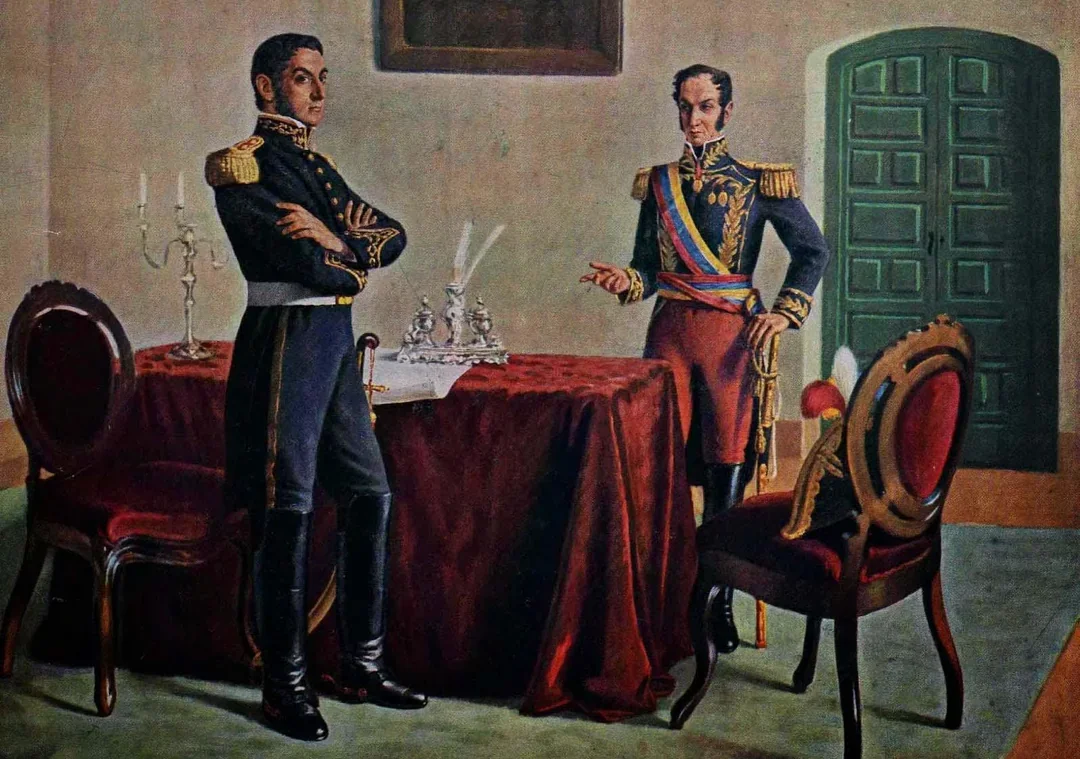
José de San Martín
José de San Martín: The Hero Who Freed the South
When you think of heroes who fought for freedom in South America, one name always stands tall beside Simón Bolívar: José de San Martín. Like Bolívar, he dreamed of independence and equality for all people. Through courage, leadership, and determination, he helped free Argentina, Chile, and Peru from Spanish rule. His story is one of teamwork, sacrifice, and a powerful belief in freedom.
From Soldier to Revolutionary
José de San Martín was born in 1778 in a small town in Argentina, which was then part of the Spanish Empire. When he was a boy, his family moved to Spain, where he grew up and trained as a soldier. San Martín fought bravely in many battles for Spain and became a skilled military leader.
But while he was in Europe, San Martín learned about new ideas spreading across the world—ideas about independence, liberty, and the rights of all people. When he heard that revolutions were starting in South America, he knew where he truly belonged. In 1812, he left Spain and sailed home to join the fight for freedom in his homeland.
The Crossing of the Andes
Back in Argentina, San Martín began organizing an army to defeat the Spanish forces. But freeing Argentina wasn’t enough, he wanted to help other nearby countries win their independence too. To reach Chile, however, his army would have to cross one of the most dangerous mountain ranges in the world: the Andes Mountains.
In 1817, San Martín led an incredible journey, over 20,000 feet above sea level, through freezing winds and snow. Many thought it was impossible, but San Martín’s planning and determination made it happen. His troops finally reached Chile, surprising the Spanish soldiers, who never expected an army to come from the mountains!
After a hard battle, San Martín and his army helped free Chile from Spanish control. Then he turned his eyes north, toward Peru, one of Spain’s strongest colonies in South America.
A Meeting of Two Heroes
In 1821, San Martín’s army reached Peru and helped the people there declare their independence. But there was still more work to do, and one man could not do it alone. Around this time, San Martín met Simón Bolívar, the great liberator of northern South America.
The two men met in the city of Guayaquil, Ecuador, in 1822 to discuss the future of the continent. No one knows exactly what they said, but after the meeting, San Martín made a surprising decision: he stepped aside and allowed Bolívar to lead the remaining battles for freedom.
San Martín believed that unity was more important than personal fame. He quietly retired from politics and later moved to Europe, where he lived the rest of his life. He died in 1850, far from his homeland, but his legacy lived on.
“I have fulfilled the sacred promises which I made Peru; I have witnessed the assembly of its representatives; the enemy's force threatens the independence of no place that wishes to be free, and that possesses the means of being so.”
— José de San Martín
A Lasting Legacy
José de San Martín is remembered today as one of the great liberators of South America. Statues of him stand proudly in cities across Argentina, Chile, and Peru. He showed that real leadership means not just fighting bravely, but also knowing when to put others, and the dream of freedom, first.
Because of his courage and humility, people still honor him as a symbol of independence and national pride. His life reminds us that one person, guided by a sense of justice and unity, can help shape the destiny of a whole continent.




